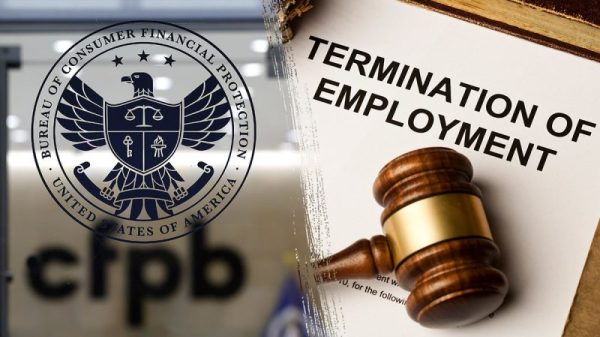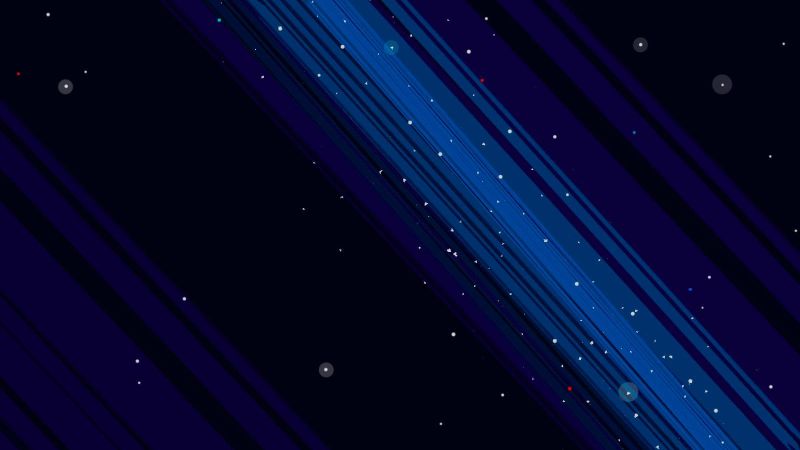If you missed the annular eclipse that created a “ring of fire” over the Americas on Saturday, don’t worry: Another eclipse is on the way, and it will provide a different kind of spectacle.
Sky-gazers across North America are in for a treat in 2024 when a total solar eclipse will pass over Mexico, the United States and Canada.
The highly anticipated celestial event doesn’t occur until April 8, but eclipse fans are already booking hotels within the path of totality, and experts suggest making plans now so as not to miss out.
That’s likely because a total solar eclipse won’t be visible across the contiguous US again until August 2044. (It’s been nearly six years since the “Great American Eclipse” of 2017.) And an annular eclipse won’t appear across this part of the world again until 2046.
Here’s everything you need to know about the upcoming eclipse.
What is a total solar eclipse?
A total solar eclipse occurs when the moon passes between Earth and the sun, completely blocking the sun’s face.
Those within the path of totality, or locations where the moon’s shadow will completely cover the sun, will see a total solar eclipse. People outside the path of totality will still be able to see a partial solar eclipse, where the moon only blocks part of the sun’s face.
During a total solar eclipse, the sky will darken as it would at dawn or dusk, and there are several stages of the eclipse for sky-gazers to anticipate.
The moon doesn’t suddenly appear between Earth and the sun — the event begins with a partial eclipse where it looks like the moon is taking a “bite” out of the sun, causing the sun to resemble a crescent. Depending on your location, the partial eclipse can last between 70 and 80 minutes, according to NASA.
When the moon begins to cross in front of the sun, the star’s rays will shine around valleys on the moon’s horizon, creating glowing drops of light around the moon in a phenomenon called Baily’s beads.
As totality nears, Baily’s beads will quickly disappear until a single point of light remains, resembling a glistening giant diamond ring.
The diamond ring will disappear when totality arrives, and there is no longer any sign of direct sunlight. Bright stars or planets may shine in the dark sky, and the air temperature will drop as the sun disappears. The sudden darkness causes animals to grow quiet.
The chromosphere, or part of the sun’s atmosphere, may glow in a thin pink circle around the moon during totality, while the sun’s hot outer atmosphere, or corona, will appear as white light.
As the moon continues its trek across the sun’s face, the diamond ring and Baily’s beads and the partial solar eclipse will appear on the opposite side of the moon until the sun fully reappears.
Where can I see the eclipse?
The total solar eclipse will be visible in parts of Mexico, Canada and more than 10 US states, while a crescent-shaped partial solar eclipse is expected to appear in 49 states — weather permitting.
The eclipse will first appear over the South Pacific Ocean and begin its journey across North America. Mexico’s Pacific coast is the first point of totality on the path, expected at 11:07 a.m. PT (8:07 a.m. ET).
The pathway will continue across Texas, Oklahoma, Arkansas, Missouri, Illinois, Kentucky, Indiana, Ohio, Pennsylvania, New York, Vermont, New Hampshire and Maine. Then, it will cross over Canada in southern Ontario, Quebec, New Brunswick, Prince Edward Island and Nova Scotia, ending on the Atlantic coast of Newfoundland at 5:16 p.m. (3:46 p.m. ET).
How do I safely view the eclipse?
The only time it’s safe to view the sun without eye protection is during the “totality” of a total solar eclipse, or the brief moments when the moon completely blocks the light of the sun and no sunlight is visible, according to NASA.
Otherwise, wear certified ISO 12312-2 compliant eclipse glasses or use a handheld solar viewer before and after totality, and at all times during a partial eclipse.
Separately, you can observe the sun with a telescope, binoculars or camera that has a special solar filter on the front, which acts the same way eclipse glasses would.
Directly staring at the sun can result in blindness or disrupted vision. During the 2017 total solar eclipse, a young woman was diagnosed with solar retinopathy, retinal damage from exposure to solar radiation, in both eyes after viewing the eclipse with what doctors believed were eclipse glasses not held to the safety standard. There is no treatment for solar retinopathy. It can improve or worsen, but it is a permanent condition.
Sunglasses won’t work in place of eclipse glasses or solar viewers, which are 100,000 times darker and held to an international safety standard.
The lenses of solar eclipse glasses are made of black polymer, or resin infused with carbon particles, which blocks nearly all visible, infrared and ultraviolet light, according to The Planetary Society. Sunglasses don’t block infrared radiation.
For safe manufacturers and resellers of eclipse glasses and filters for optical devices, including cameras and smartphones, check out the list curated by the American Astronomical Society.
Put on your eclipse glasses before looking up and remember to turn away from the sun before you remove them again. Always keep an eye on any children wearing eclipse glasses to make sure they don’t remove them while looking at the sun.
If you normally wear eyeglasses, keep them on and put eclipse glasses over them or hold a handheld viewer in front of them, according to the American Astronomical Society.
Don’t look at the sun through any unfiltered optical device — camera lens, telescope, binoculars — while wearing eclipse glasses or using a handheld solar viewer, according to NASA.
Solar rays can still burn through the filter on the glasses or viewer, given how concentrated they can be through an optical device, and can cause severe eye damage.
If you bought eclipse glasses to see the “ring of fire,” save your eclipse glasses and viewers for the total solar eclipse in April by storing them at room temperature in an envelope or their original packaging to avoid scratches.







































